Understanding where animals live is a fundamental part of learning about the animal kingdom. Different species have unique homes tailored to their needs, environments, and behaviors. This article provides a complete list of 100 animals house names with clear, simple descriptions perfect for students, educators, or curious learners.
Table of 50 Animal House Names
| No. | Animal | House Name |
|---|---|---|
| 1 | Lion | Den |
| 2 | Dog | Kennel |
| 3 | Cat | Cattery |
| 4 | Horse | Stable |
| 5 | Cow | Shed |
| 6 | Pig | Sty |
| 7 | Sheep | Pen |
| 8 | Goat | Shed |
| 9 | Hen | Coop |
| 10 | Bee | Hive |
| 11 | Bird | Nest |
| 12 | Rabbit | Burrow |
| 13 | Bear | Cave |
| 14 | Fox | Earth/Den |
| 15 | Snake | Hole |
| 16 | Frog | Pond/Marsh |
| 17 | Duck | Nest/Pond |
| 18 | Elephant | Jungle Shelter |
| 19 | Ant | Anthill |
| 20 | Tiger | Den |
| 21 | Wolf | Lair/Den |
| 22 | Bat | Cave/Roost |
| 23 | Camel | Tent |
| 24 | Donkey | Shed |
| 25 | Owl | Tree Hollow |
| 26 | Monkey | Tree Canopy |
| 27 | Deer | Thicket |
| 28 | Rat | Hole |
| 29 | Squirrel | Drey |
| 30 | Chicken | Coop |
| 31 | Crocodile | Riverbank Den |
| 32 | Koala | Eucalyptus Tree |
| 33 | Penguin | Ice Nest/Burrow |
| 34 | Seal | Ice Cave/Beach Den |
| 35 | Zebra | Savannah Shelter |
| 36 | Giraffe | Tree Shelter |
| 37 | Buffalo | Shed |
| 38 | Turkey | Coop/Brush Nest |
| 39 | Parrot | Cage/Tree Hollow |
| 40 | Hamster | Cage/Burrow |
| 41 | Lizard | Rock Crevice |
| 42 | Peacock | Tree Nest |
| 43 | Mole | Tunnel |
| 44 | Crab | Rock/Sandy Burrow |
| 45 | Octopus | Sea Den |
| 46 | Whale | Ocean |
| 47 | Dolphin | Ocean Pod |
| 48 | Fish | Water/Aquarium |
| 49 | Turtle | Shell/Nest |
| 50 | Caterpillar | Leaf/Cocoon |
| 51 | Rhinoceros | Savannah Shelter |
| 52 | Badger | Sett |
| 53 | Eagle | Eyrie |
| 54 | Hippopotamus | Riverbank |
| 55 | Kangaroo | Scrubland |
| 56 | Beaver | Lodge |
| 57 | Porcupine | Burrow/Den |
| 58 | Otter | Holt |
| 59 | Swan | Nest/Reed Bed |
| 60 | Gorilla | Forest Nest |
| 61 | Chameleon | Tree Branch |
| 62 | Vulture | Cliff Nest |
| 63 | Hyena | Den |
| 64 | Panda | Bamboo Forest |
| 65 | Cheetah | Savannah Den |
| 66 | Guinea Pig | Cage/Hutch |
| 67 | Jaguar | Forest Den |
| 68 | Heron | Colony Nest |
| 69 | Armadillo | Burrow |
| 70 | Flamingo | Mud Nest |
| 71 | Leopard | Tree Den |
| 72 | Skunk | Burrow/Den |
| 73 | Hawk | Nest/Tree |
| 74 | Walrus | Ice Floe/Beach |
| 75 | Meerkat | Burrow |
| 76 | Orangutan | Tree Nest |
| 77 | Pelican | Colony Nest |
| 78 | Shark | Ocean |
| 79 | Wombat | Burrow |
| 80 | Albatross | Ground Nest |
| 81 | Gazelle | Savannah |
| 82 | Iguana | Tree/Rock Crevice |
| 83 | Polar Bear | Snow Den |
| 84 | Sloth | Tree Canopy |
| 85 | Emu | Ground Nest |
| 86 | Raccoon | Den/Tree Hollow |
| 87 | Stork | Tree Nest/Chimney |
| 88 | Platypus | Riverbank Burrow |
| 89 | Ostrich | Ground Nest |
| 90 | Sea Lion | Rocky Shore |
| 91 | Termite | Mound |
| 92 | Chimpanzee | Tree Nest |
| 93 | Seahorse | Coral/Seagrass |
| 94 | Echidna | Burrow |
| 95 | Puffin | Cliff Burrow |
| 96 | Jackal | Den |
| 97 | Salamander | Moist Crevice |
| 98 | Goose | Nest/Reed Bed |
| 99 | Hedgehog | Nest/Hedge |
| 100 | Manatee | Shallow Waters |
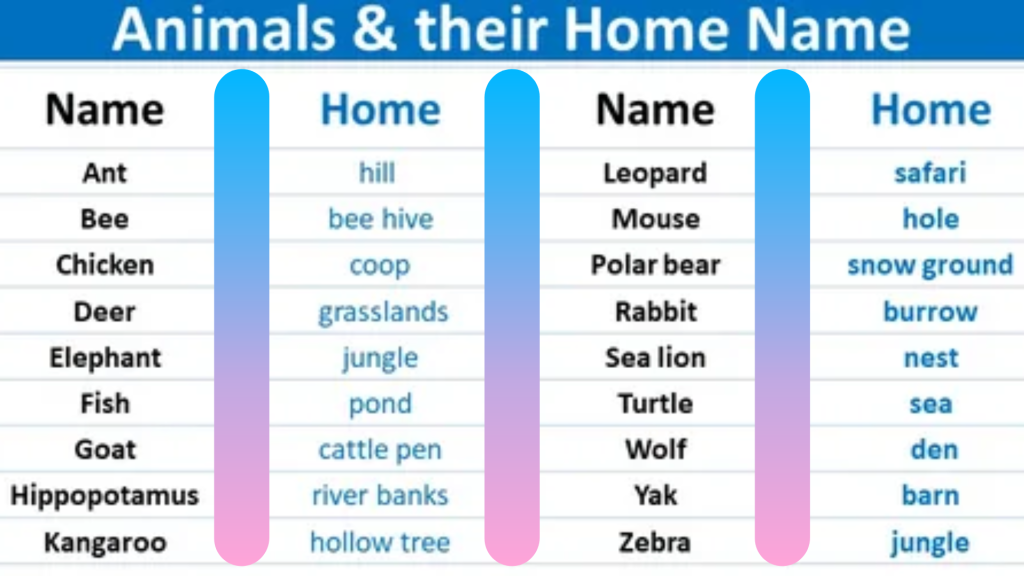
List of 50 Animals and Their House Names
Below is a clearly numbered list of 50 animals, their house names, and short descriptions explaining each.
1. Lion – Den
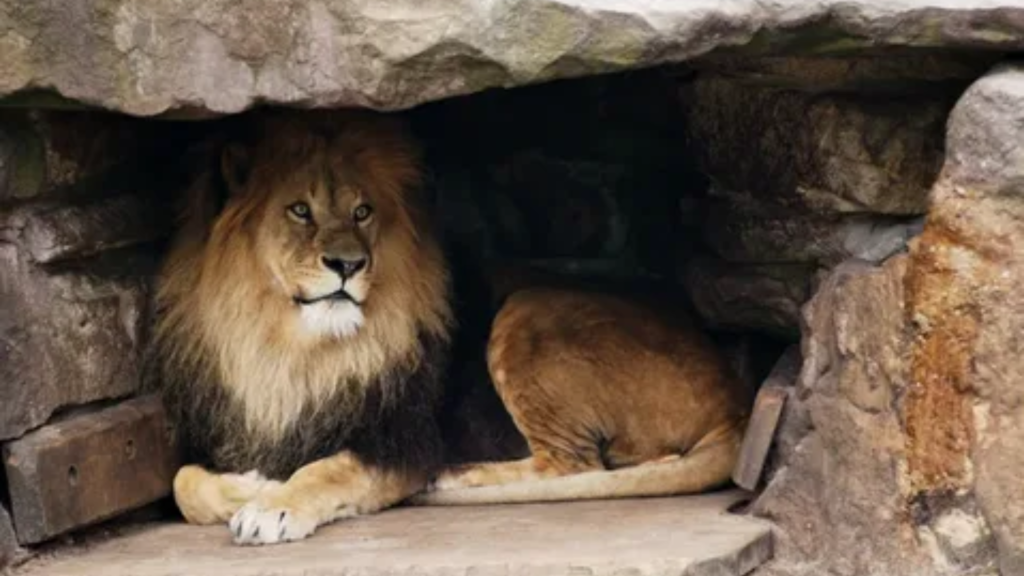
A lion lives in a den, often found in caves or thick bushes, offering shade and protection.
2. Dog – Kennel
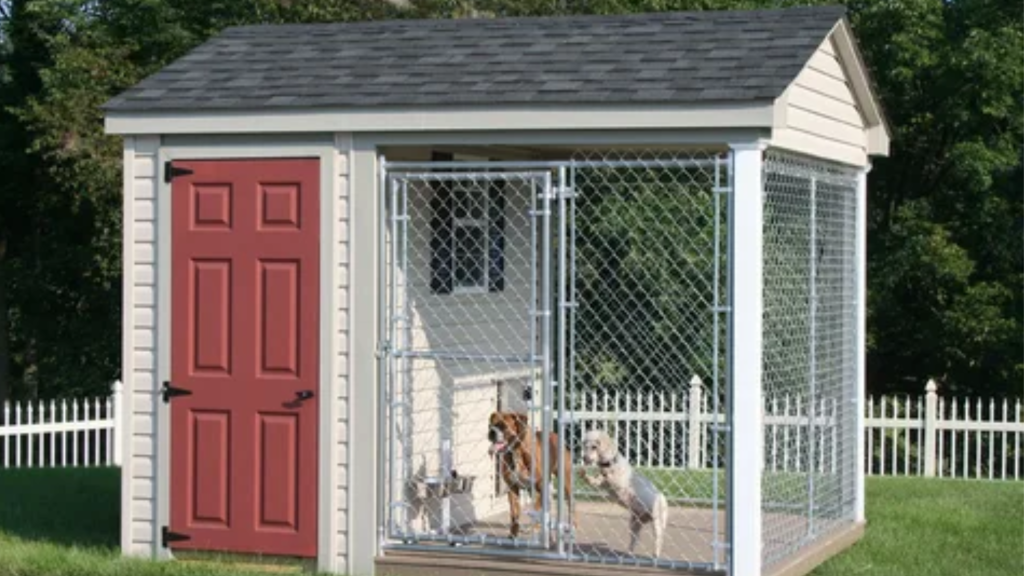
Dogs are commonly kept in a kennel, a small shelter or structure made for their comfort.
3.Cat – Cattery
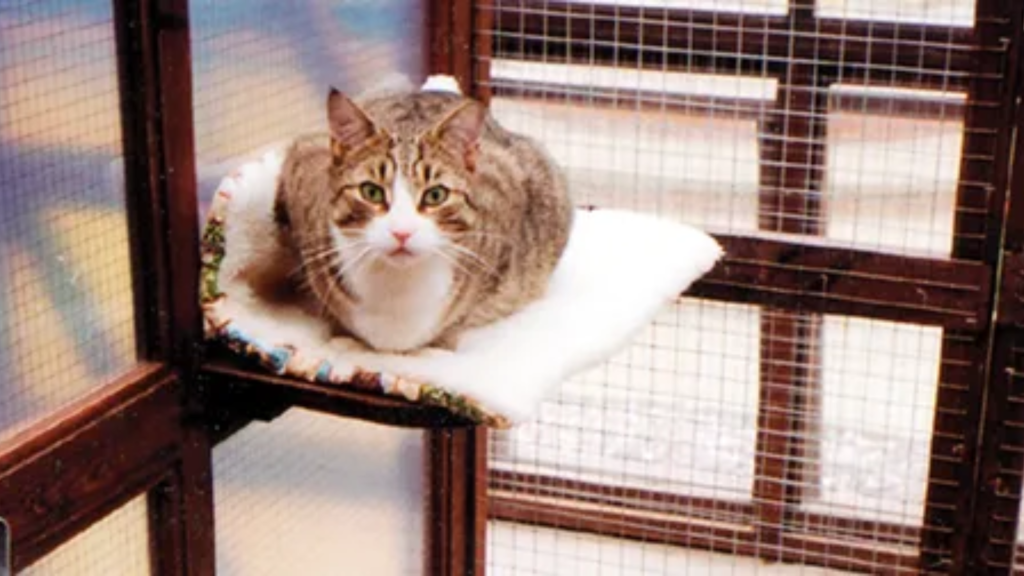
While cats often roam freely, a cattery is a place where they are housed or bred.
4. Horse – Stable
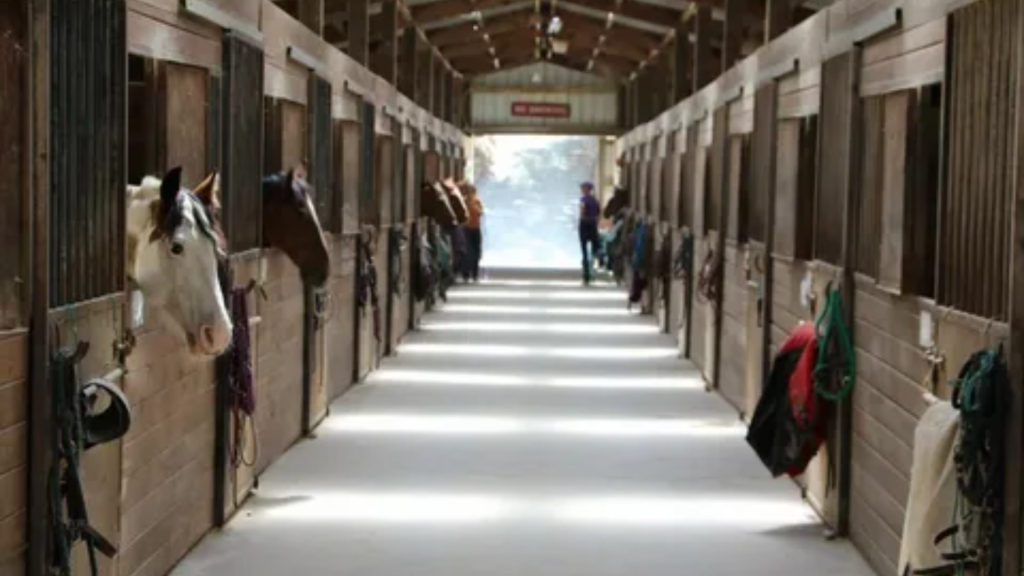
A stable is a strong, roofed building designed to keep horses safe and dry.
5. Cow – Shed
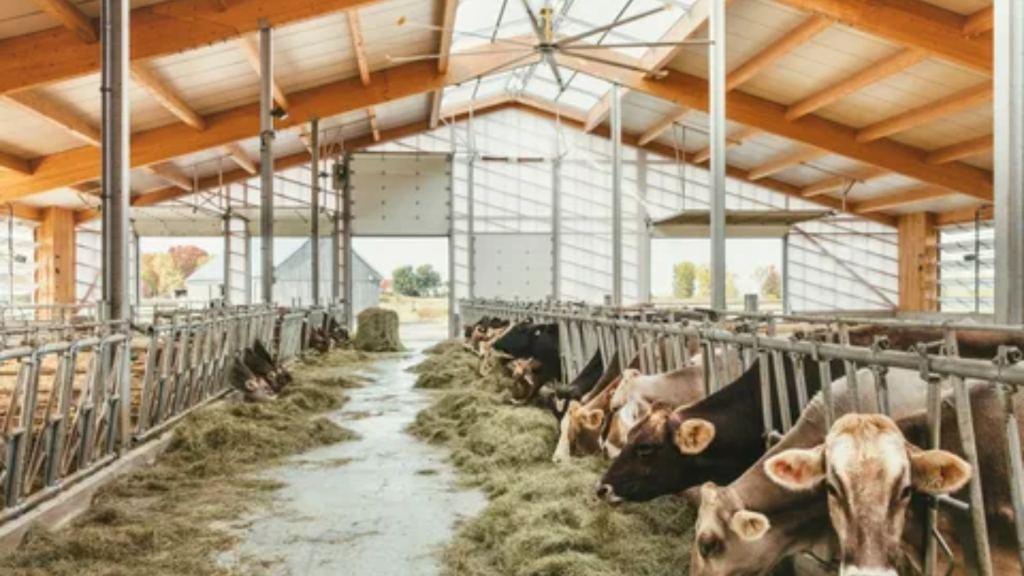
Cows live in sheds, usually large covered areas on farms that provide shade and shelter.
6. Pig – Sty
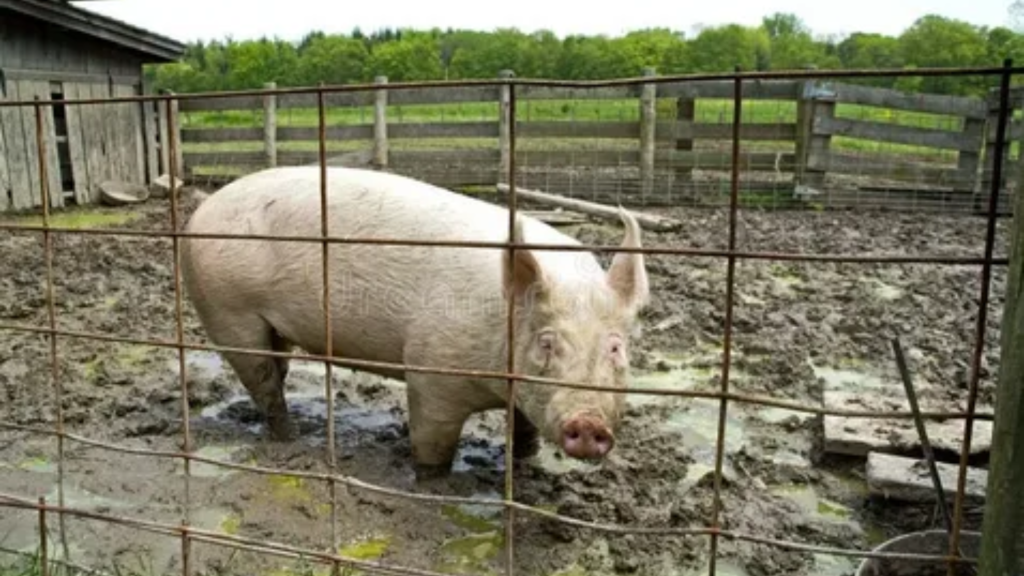
A pigsty is a small pen or shelter where pigs are kept, often muddy and open.
7. Sheep – Pen
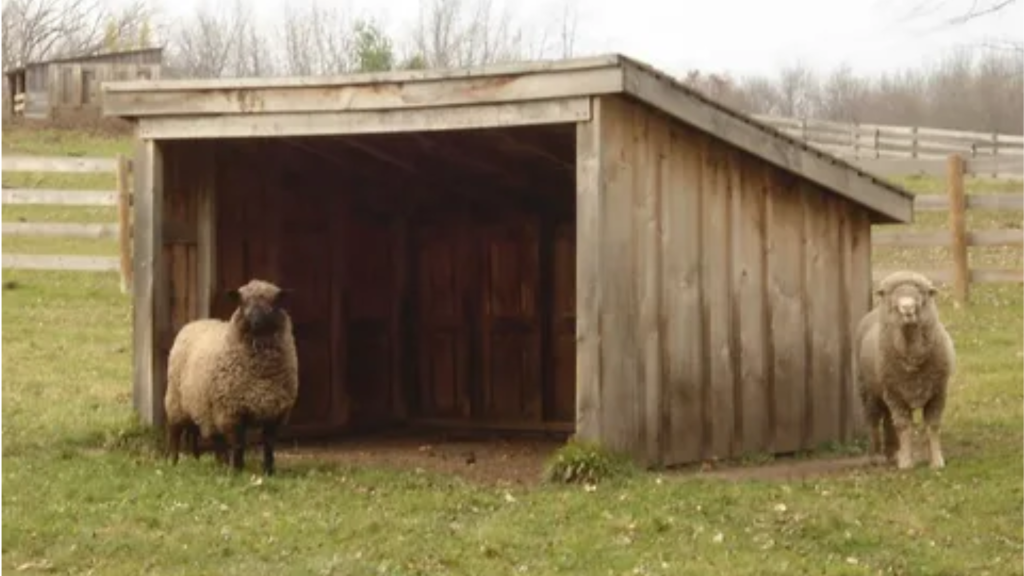
A sheep pen is an enclosed area or small building where sheep are gathered or housed.
8. Goat – Shed
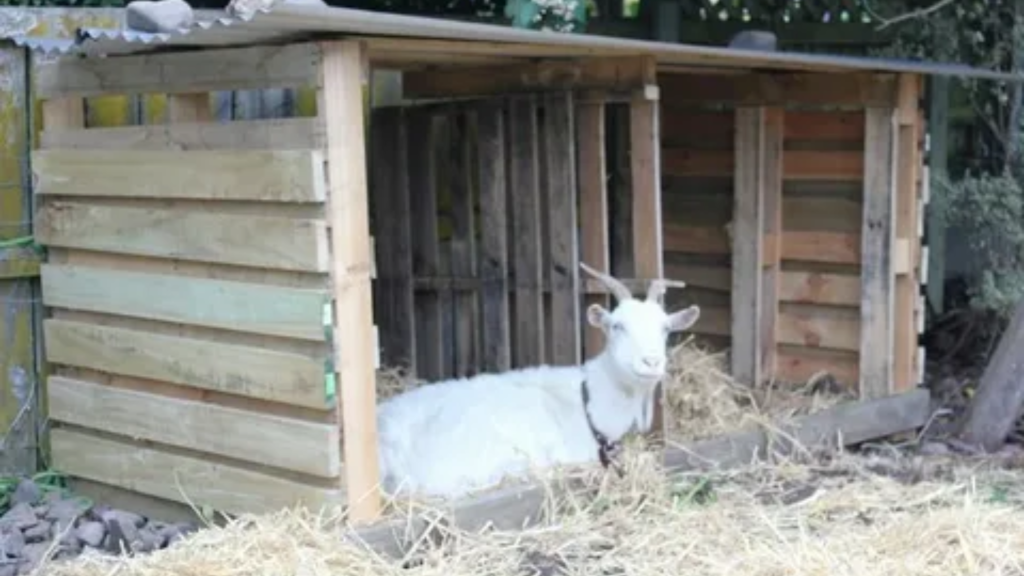
Goats, like cows, live in sheds that protect them from rain and sun.
9. Hen – Coop
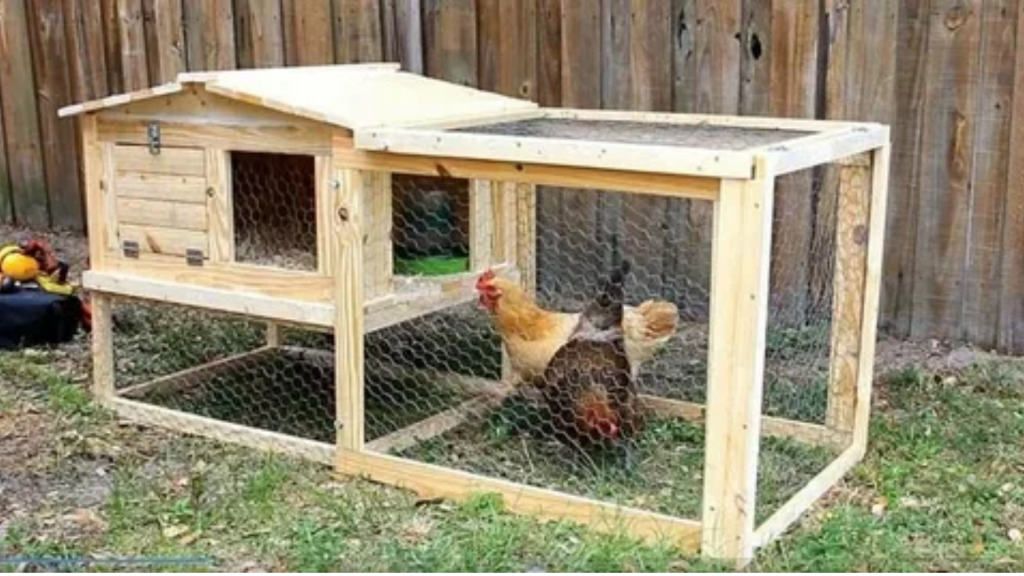
Hens are kept in a coop, a wooden structure with nesting boxes and space to roam.
10. Bee – Hive
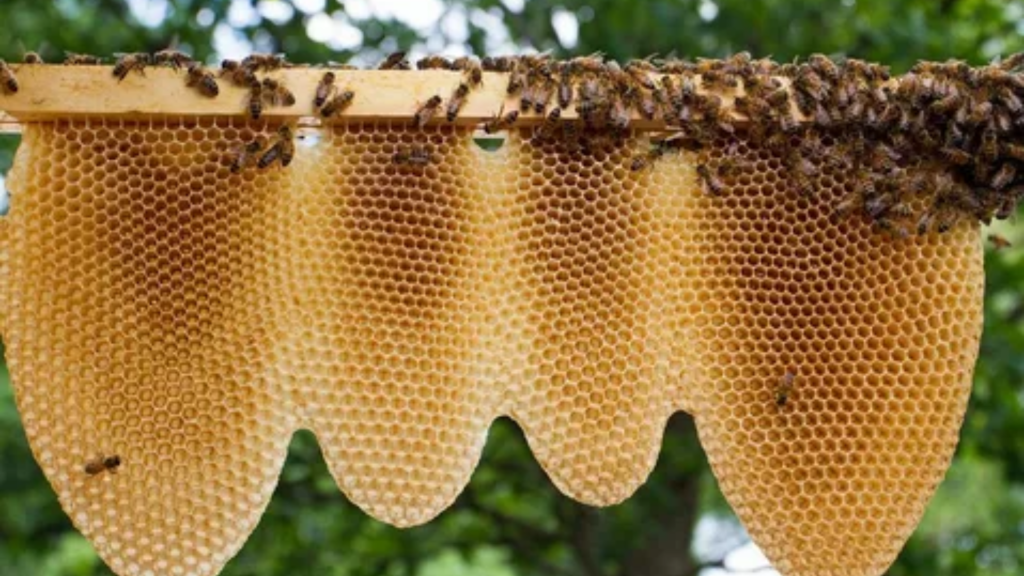
Bees build or are kept in hives, structured spaces made of wax where they store honey.
11. Bird – Nest
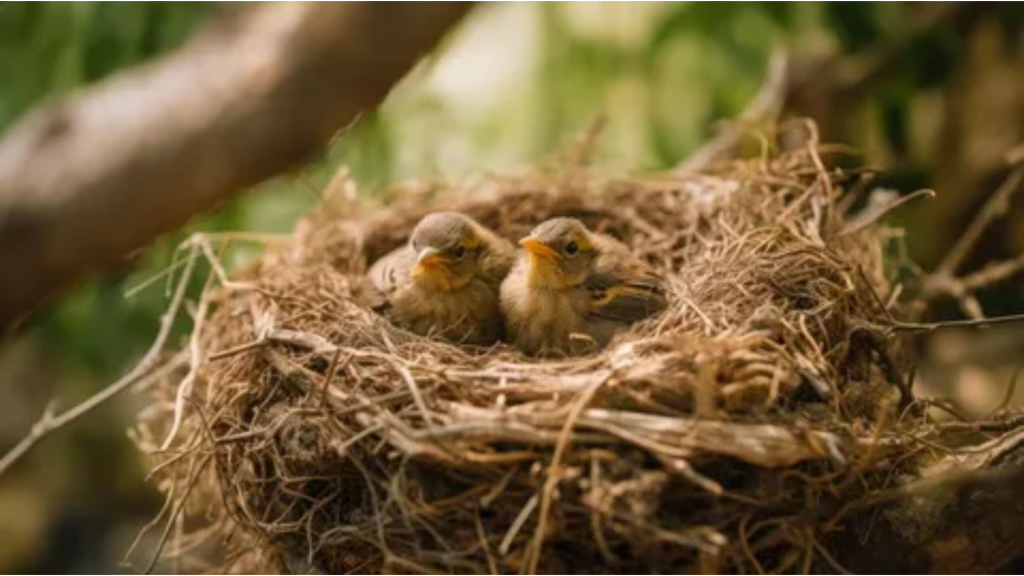
Birds build nests using twigs, leaves, and feathers, often in trees or on ledges.
12. Rabbit – Burrow
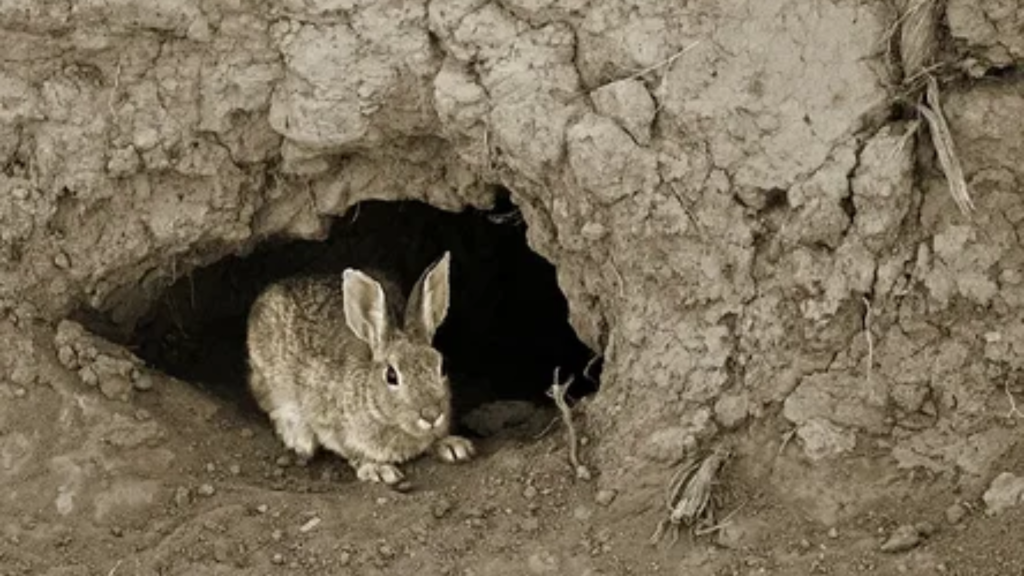
Rabbits dig burrows underground for protection and raising their young.
13. Bear – Cave
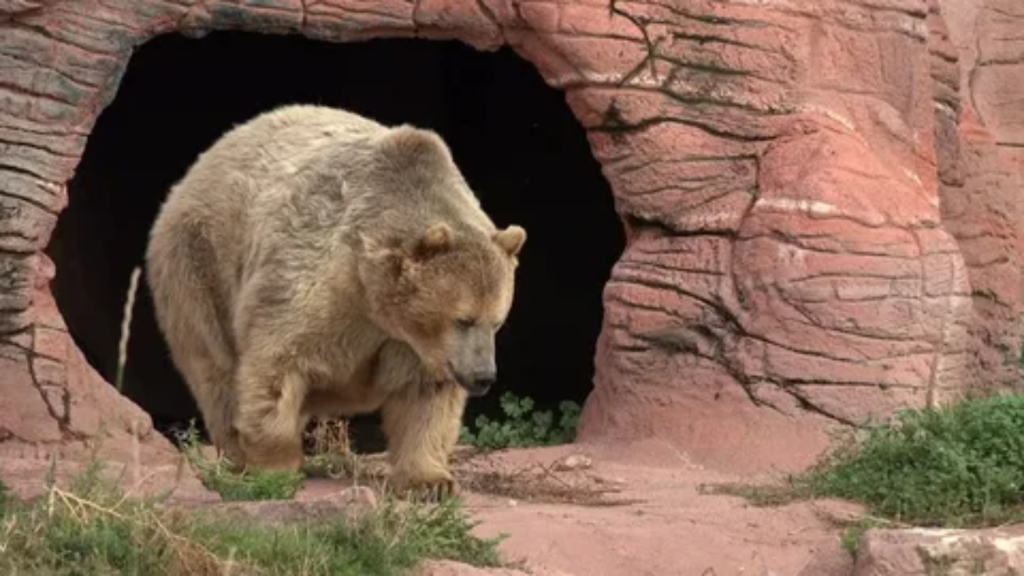
Bears often live in caves or dens, especially during hibernation in colder months.
14. Fox – Earth or Den
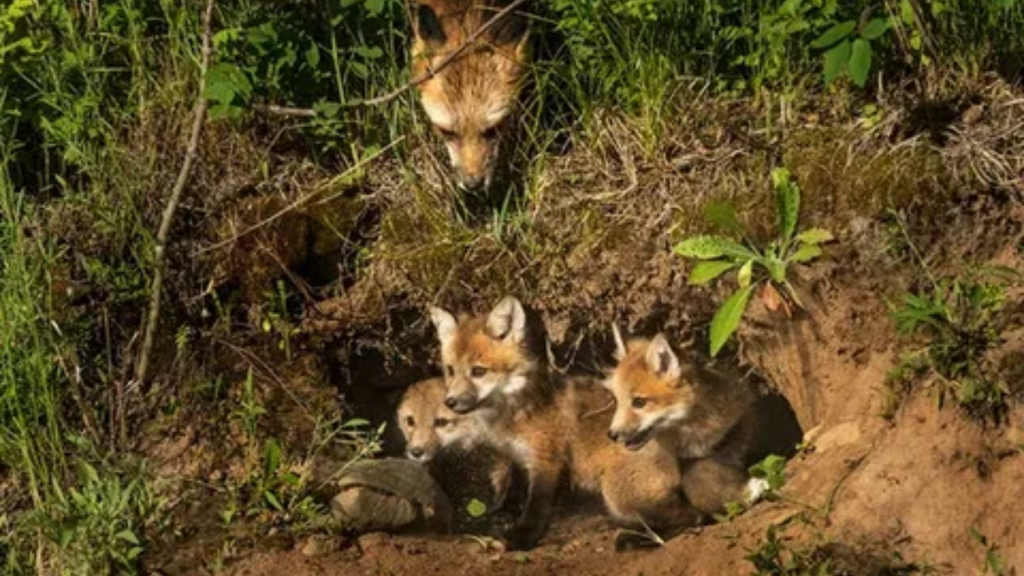
Foxes create underground dens called earths to raise their pups and hide from predators.
15. Snake – Hole
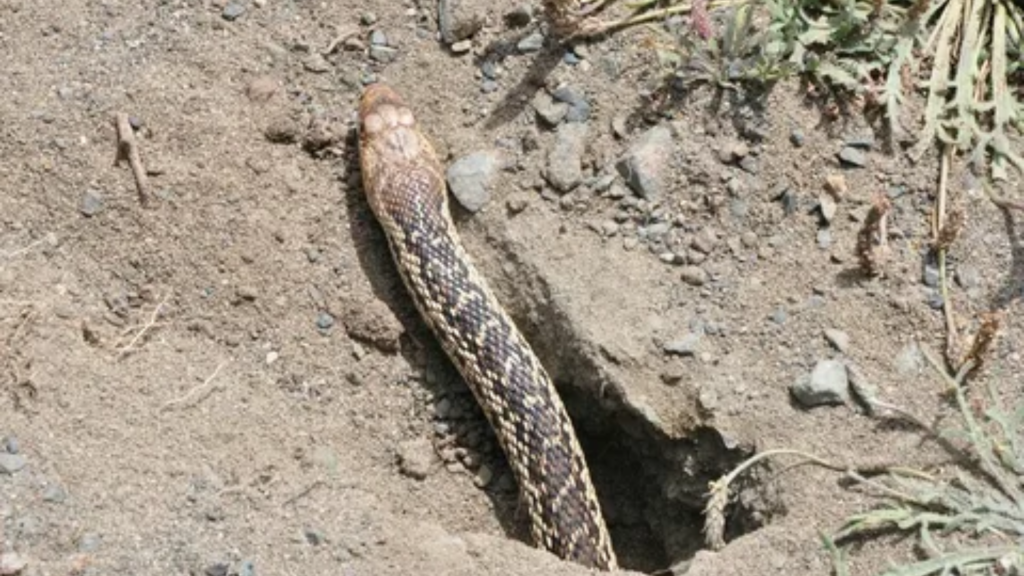
Snakes often live in holes in the ground or rock crevices to stay hidden and cool.
16. Frog – Pond or Marsh
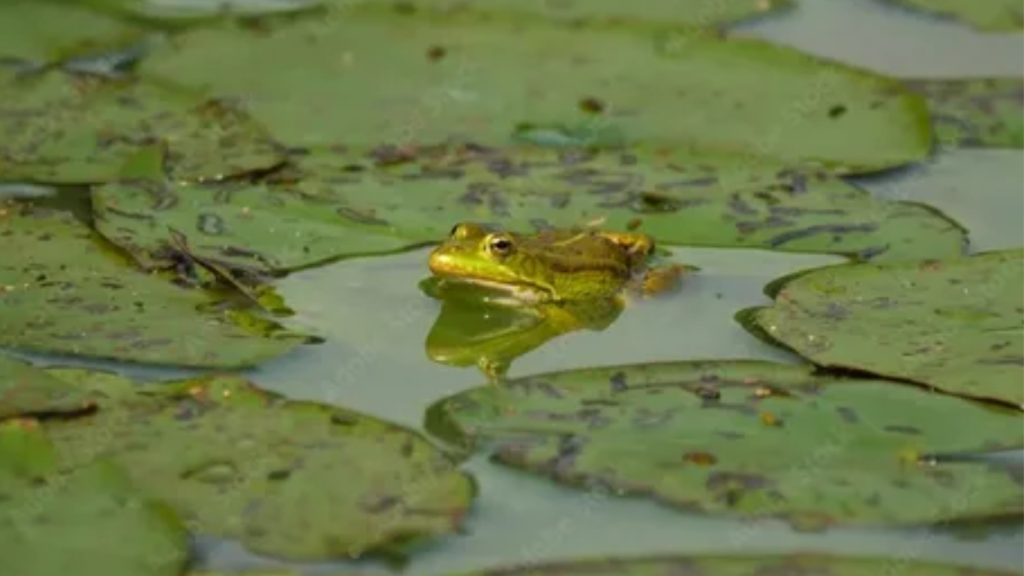
Frogs live in ponds or marshes, where they have water to swim and breed.
17. Duck – Nest or Pond
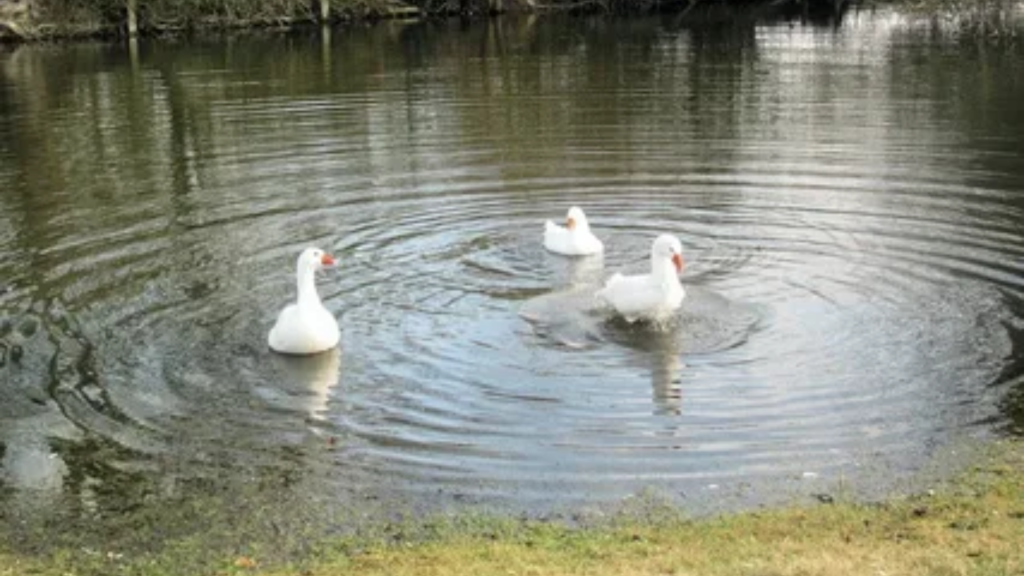
Ducks build nests near water and live on ponds for feeding and floating.
18. Elephant – Jungle or Forest Shelter
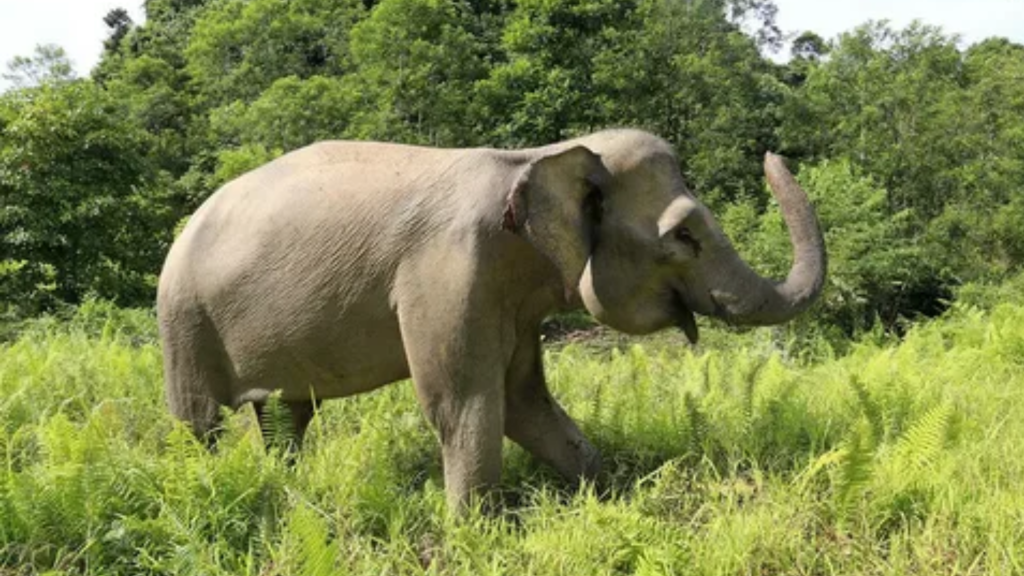
Elephants don’t build homes but roam in forests or jungles, resting under trees.
19. Ant – Anthill
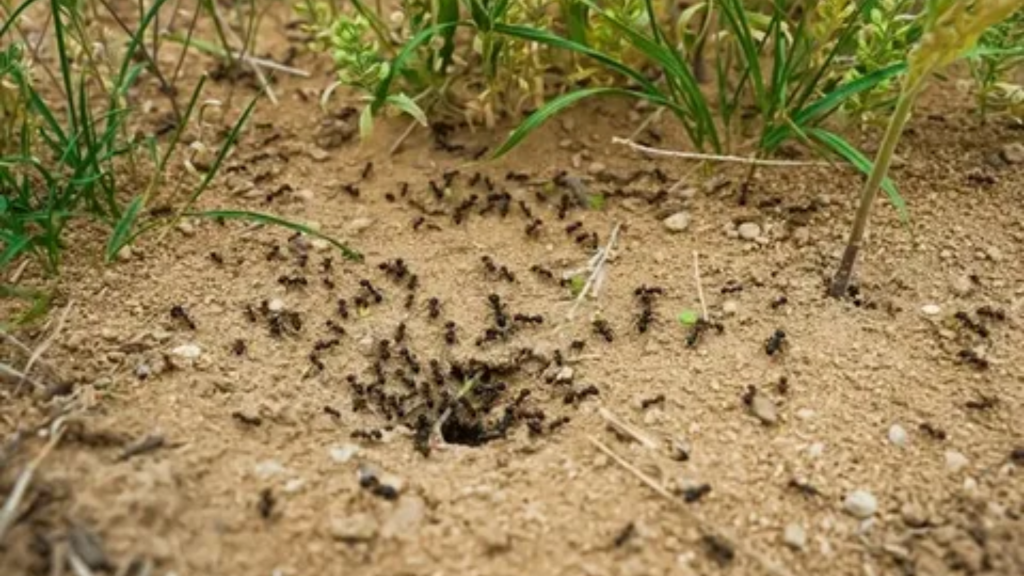
Ants live in anthills, underground colonies with complex tunnels and chambers.
20. Tiger – Den
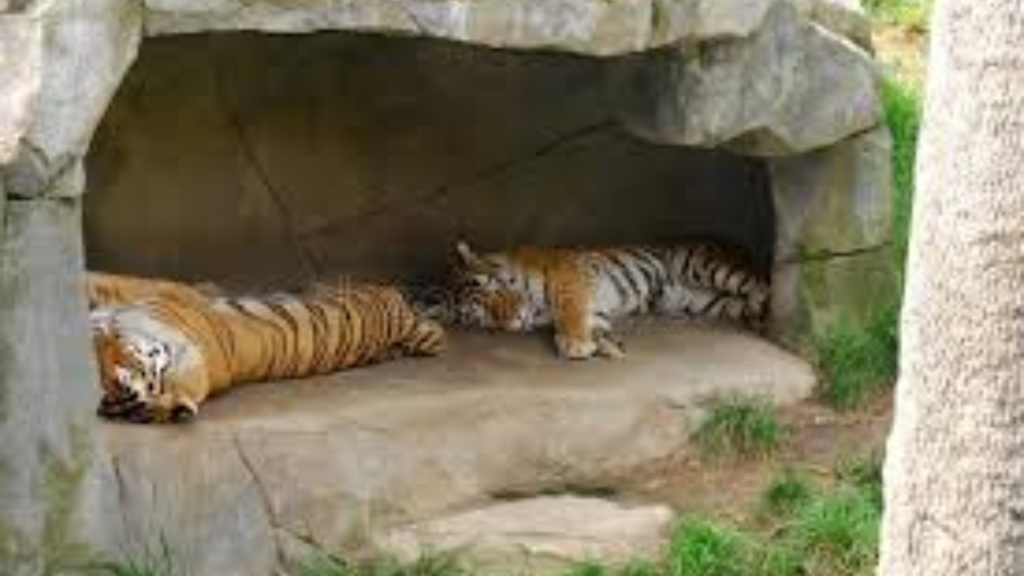
Tigers rest and raise cubs in secluded dens, often in caves or thick forests.
21. Wolf – Lair or Den
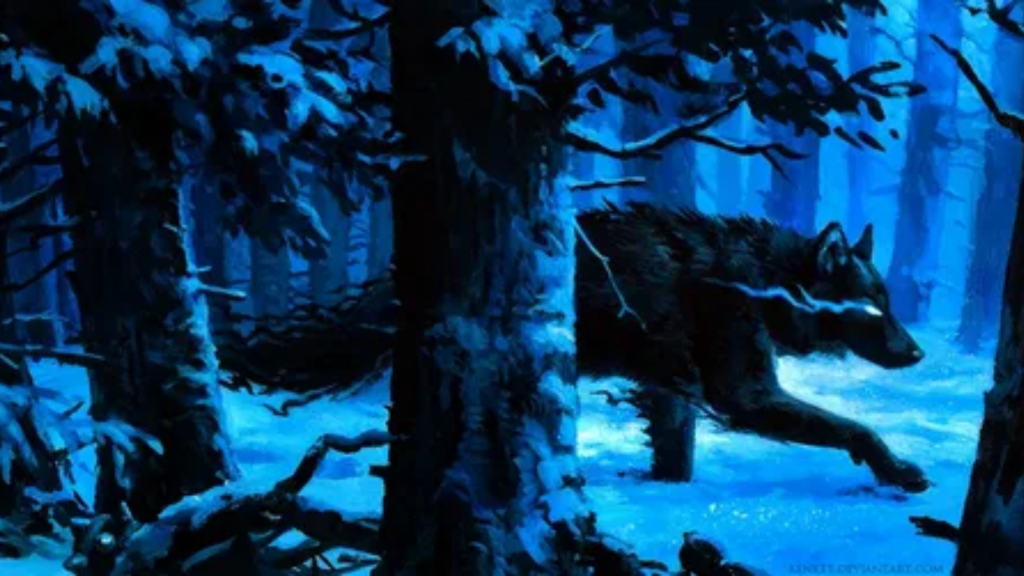
Wolves stay in dens or lairs, especially when raising pups in packs.
22. Bat – Cave or Roost
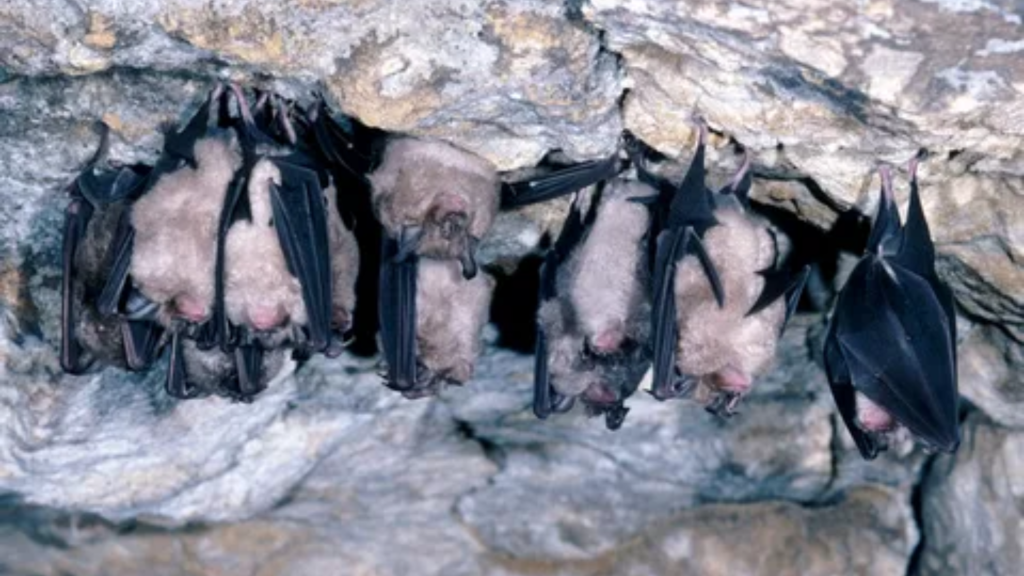
Bats hang upside down in caves or tree roosts during the day.
23. Camel – Desert Shelter or Tent
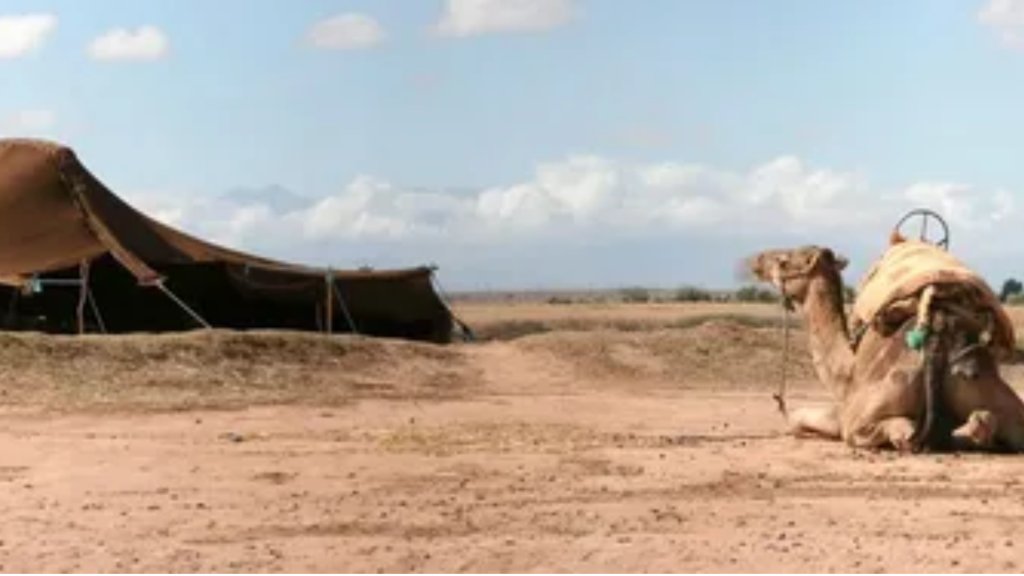
Camels often rest in open desert areas or man-made tents near water sources.
24. Donkey – Shed or Stable
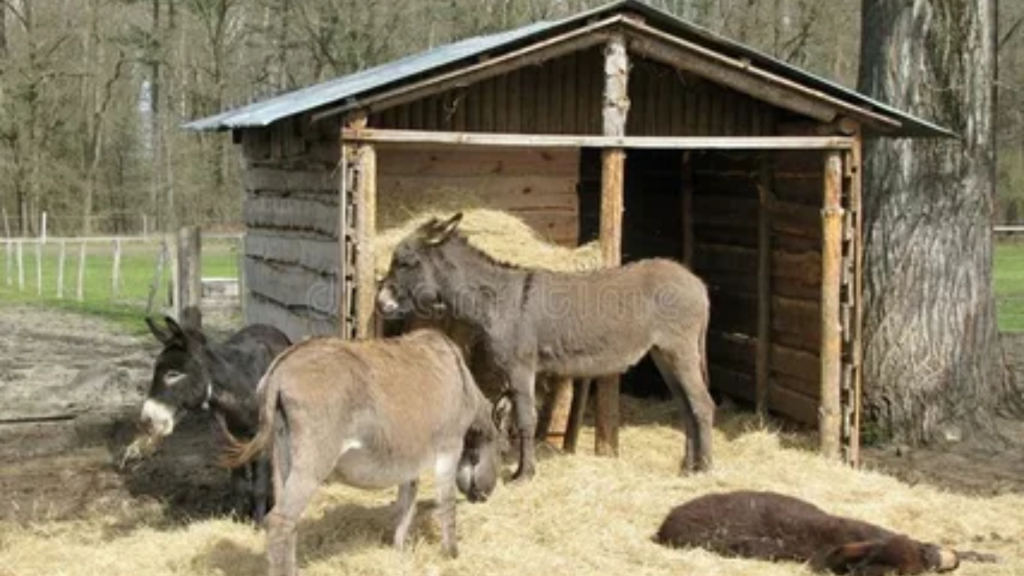
Donkeys are housed in sheds or stables, similar to horses, for protection.
25. Owl – Hollow Tree or Nest
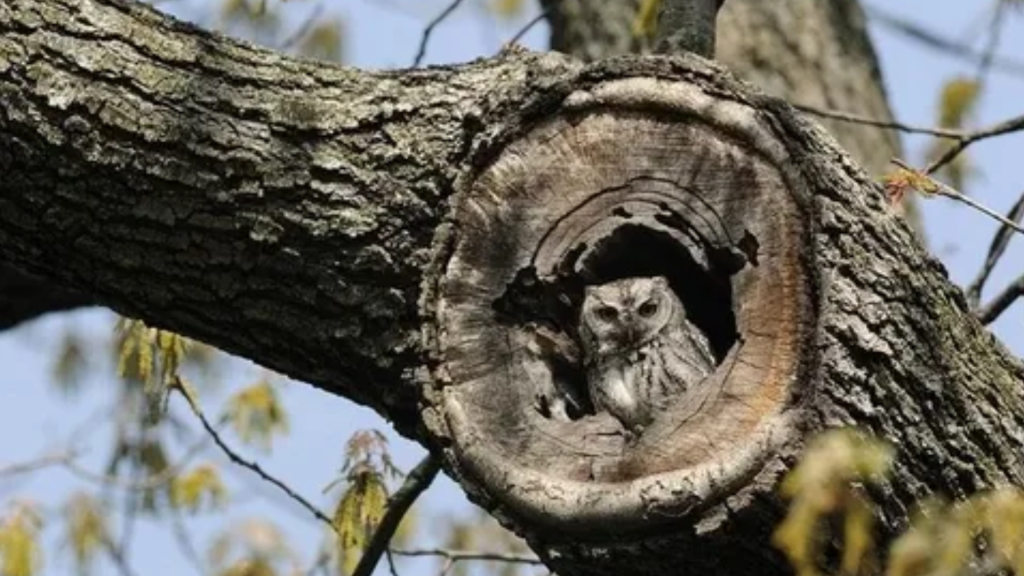
Owls prefer to nest in hollow trees or abandoned nests high above the ground.
26. Monkey – Tree Canopy or Nest
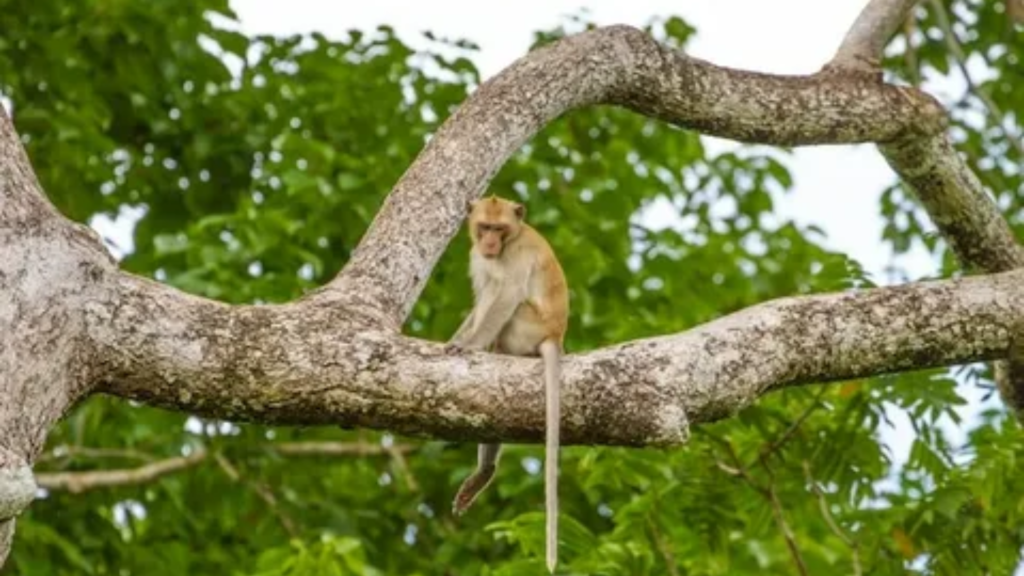
Monkeys live in tree canopies or build temporary nests in the wild.
27. Deer – Thicket or Grassland Shelter
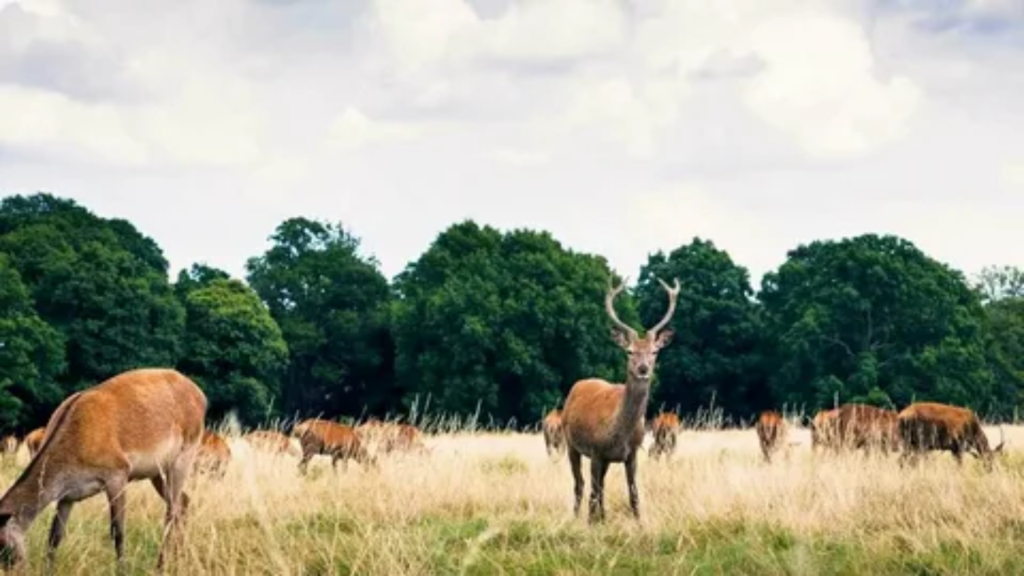
Deer sleep in tall grass or dense bushes where they are camouflaged from predators.
28. Rat – Hole or Burrow
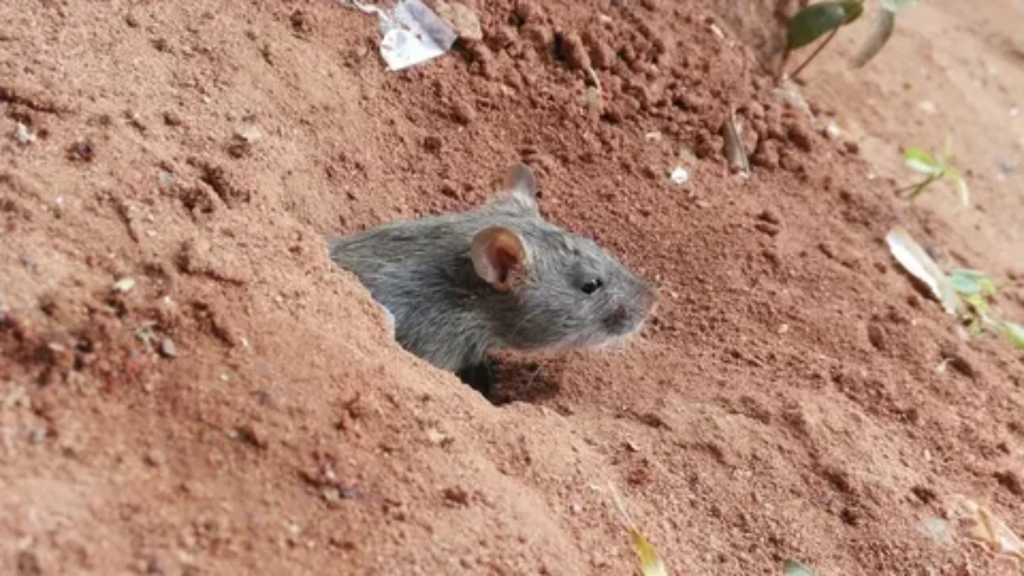
Rats live in small holes or underground tunnels close to food sources.
29. Squirrel – Drey
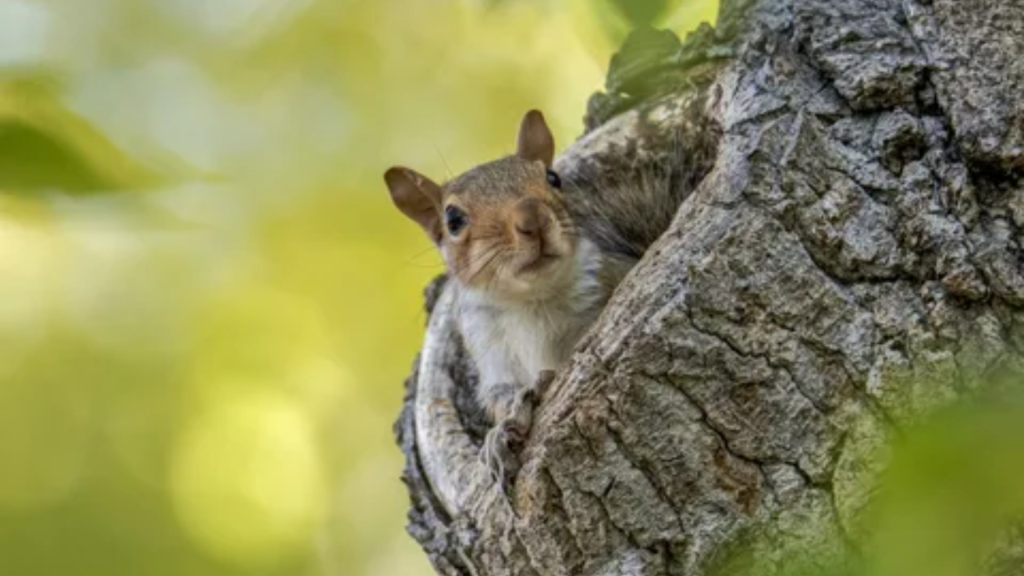
Squirrels build dreys (nests) in trees using twigs and leaves.
30. Chicken – Coop
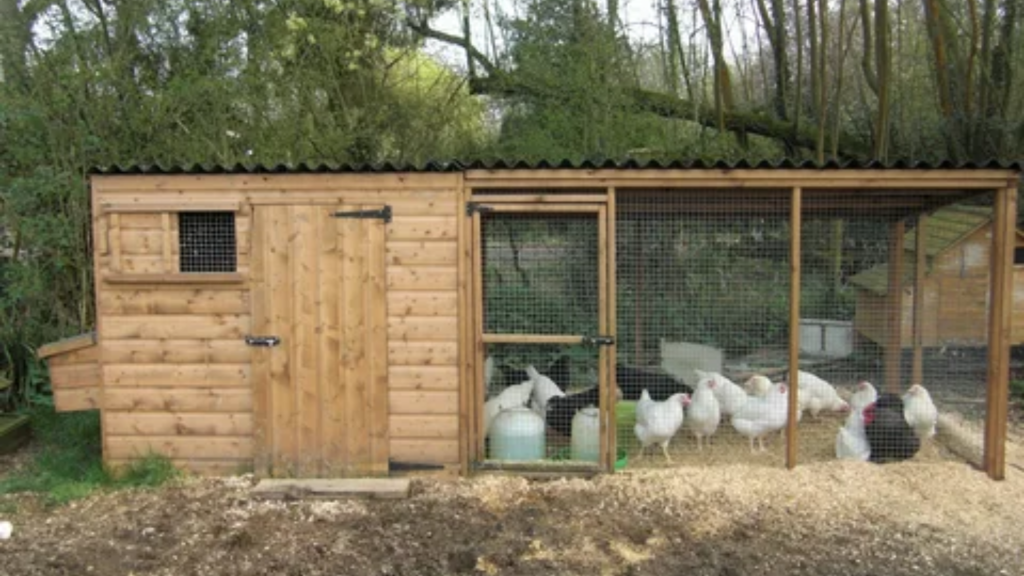
Chickens are kept in coops, which protect them from predators and weather.
31. Crocodile – Riverbank Den or Burrow
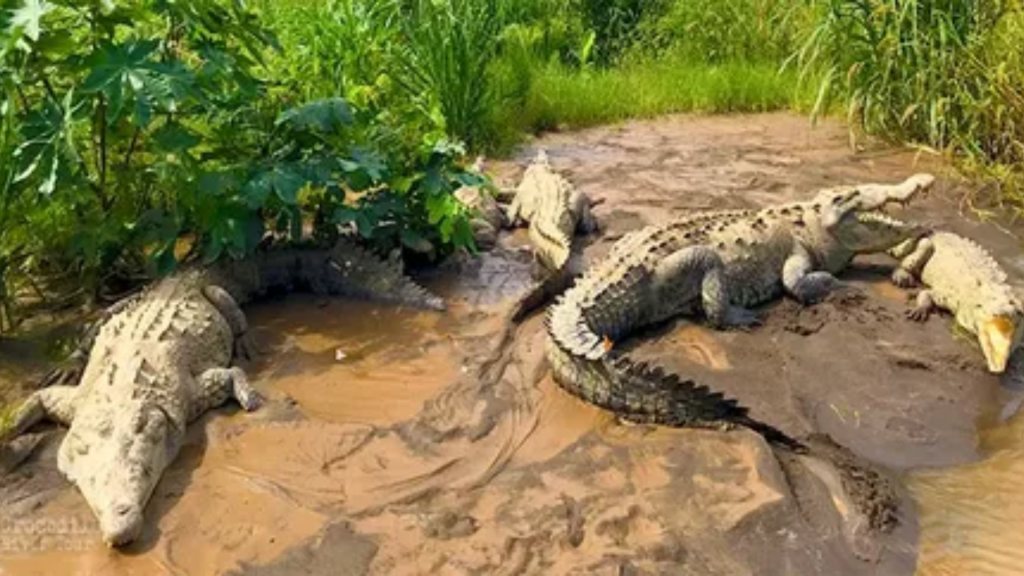
Crocodiles rest in burrows or shaded spots near riverbanks.
32. Koala – Eucalyptus Tree
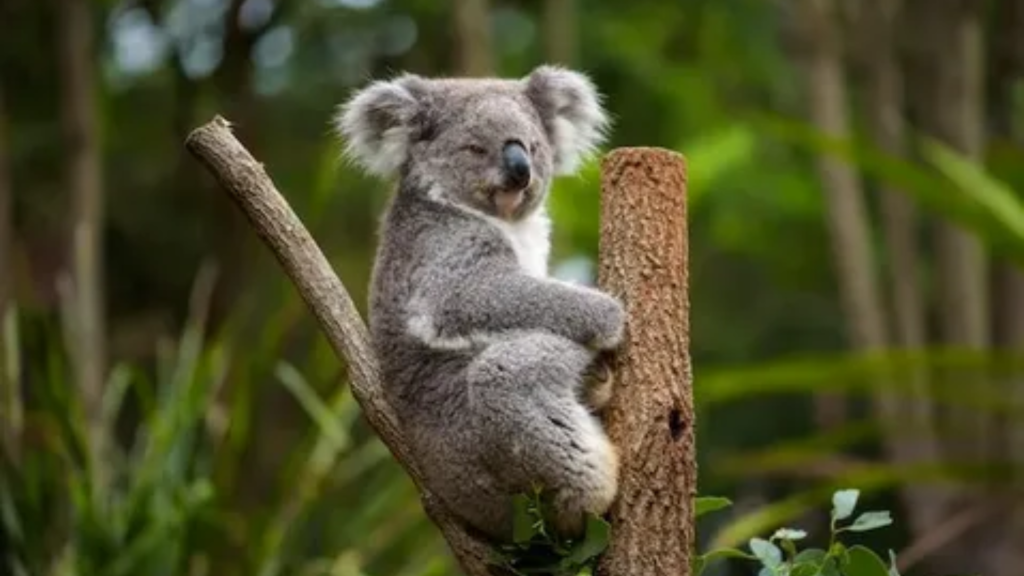
Koalas live in eucalyptus trees, resting in forks and eating leaves.
33. Penguin – Burrow or Ice Nest
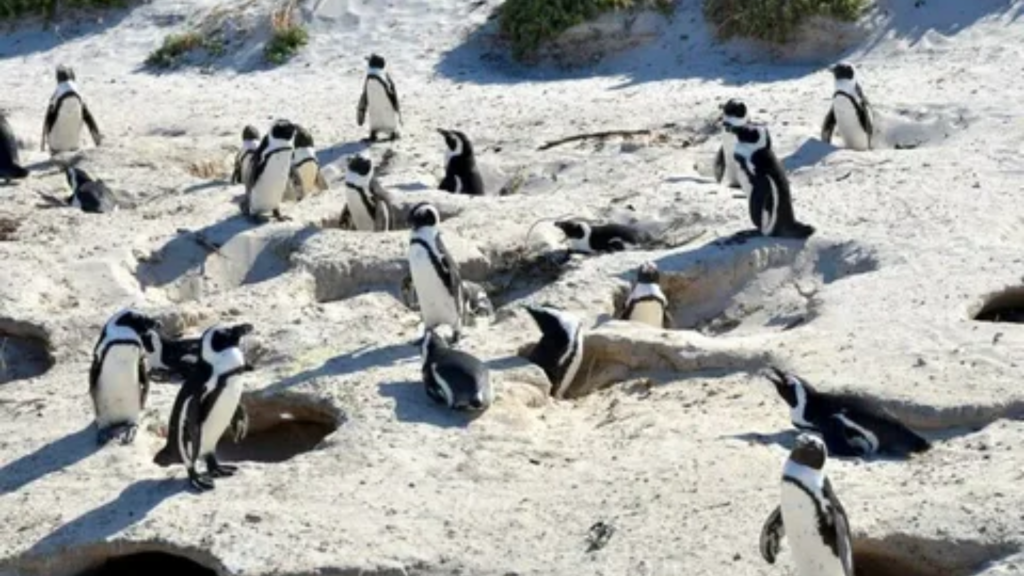
Penguins often dig shallow burrows or form nests on ice for breeding.
34. Seal – Ice Cave or Beach Den
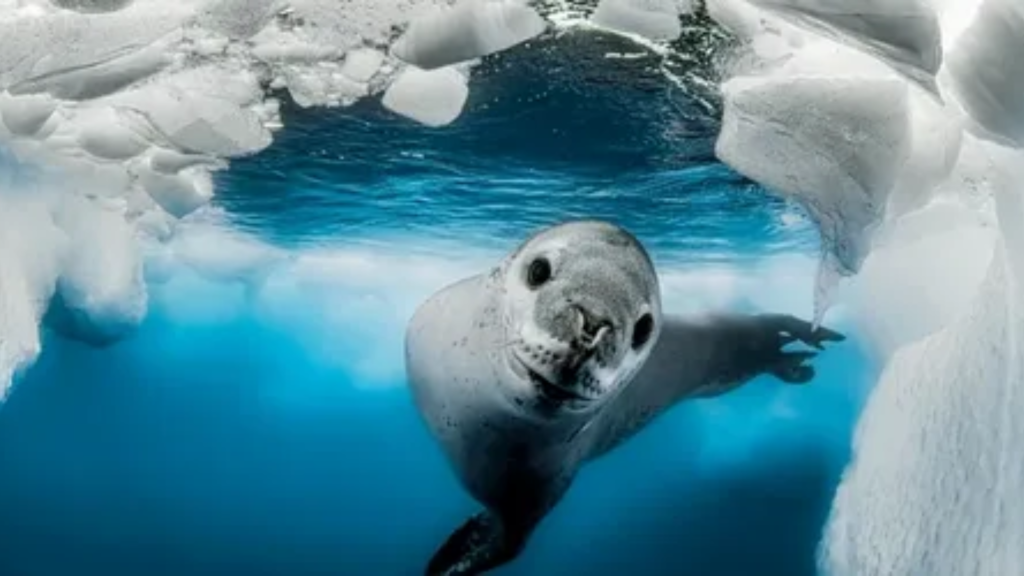
Seals lie on beaches or ice caves, especially when raising pups.
35. Zebra – Savannah Shelter
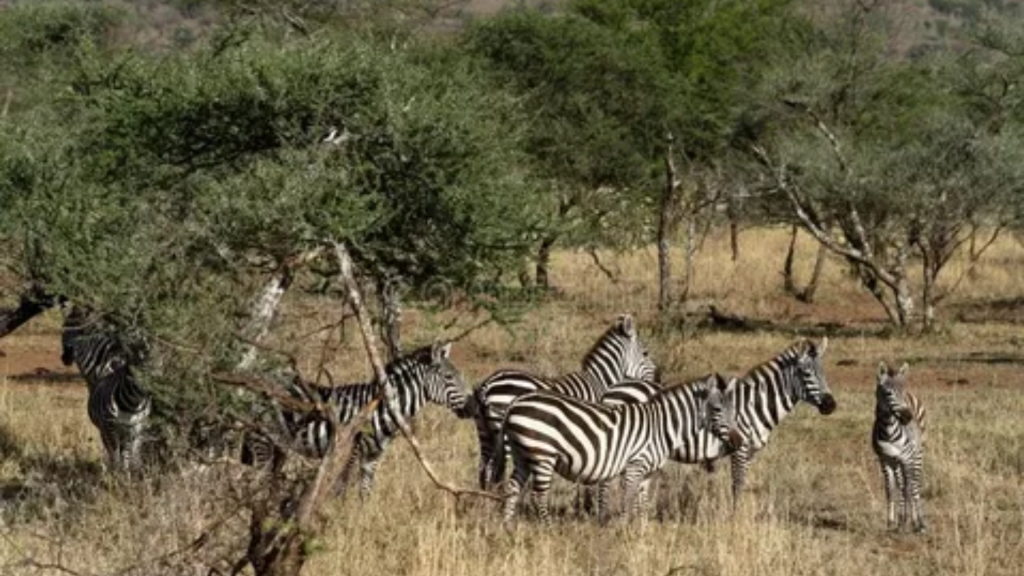
Zebras live in the open grasslands, sleeping under trees or rocks.
36. Giraffe – Savannah Tree Shelter
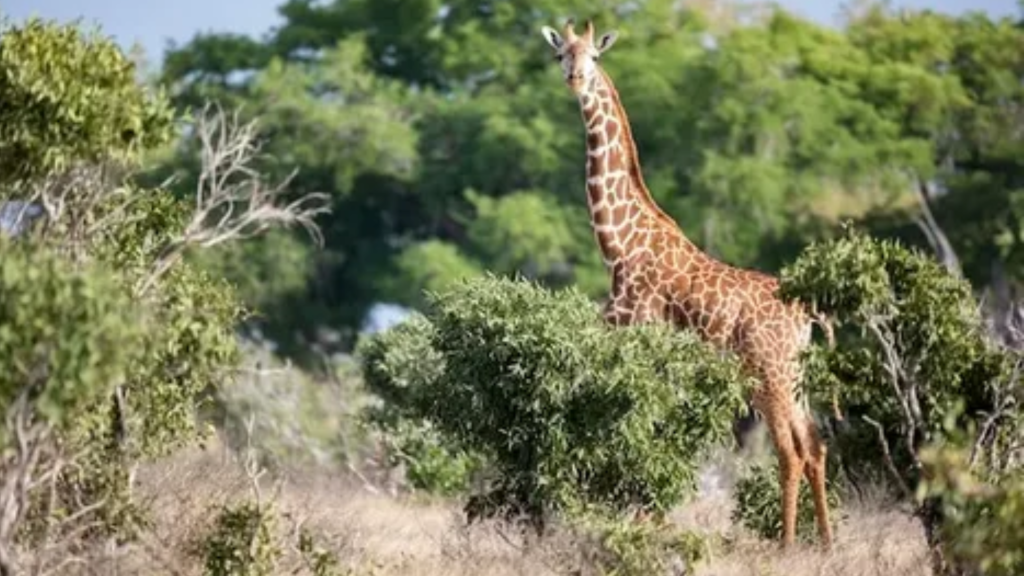
Giraffes rest in open spaces near tall trees where they also feed.
37. Buffalo – Shed or Grassland Shelter
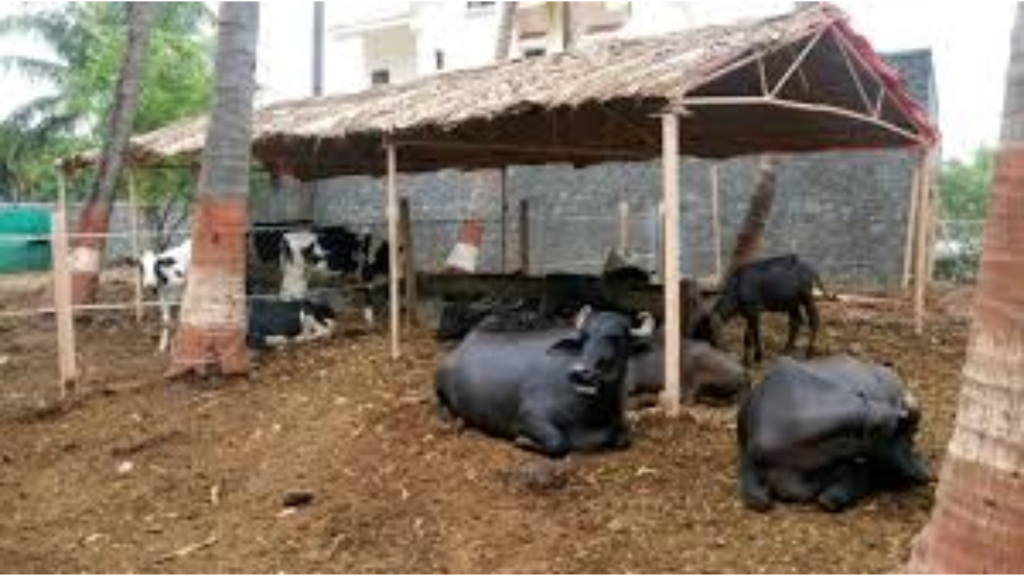
Buffaloes often shelter in farm sheds or shaded spots in grasslands.
38. Turkey – Coop or Brush Nest
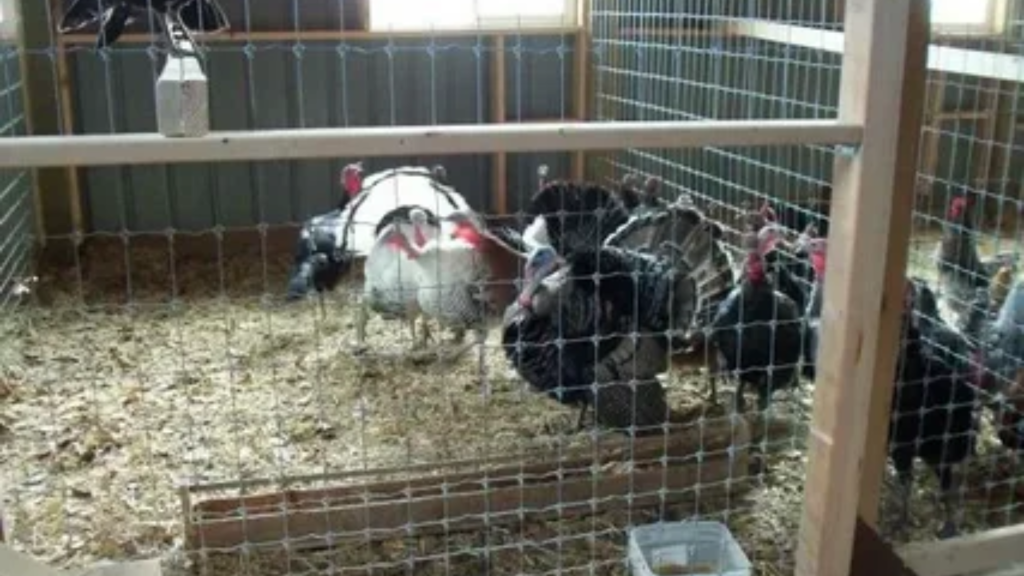
Turkeys are kept in coops or nest in thick brush when in the wild.
39. Parrot – Cage or Tree Hollow
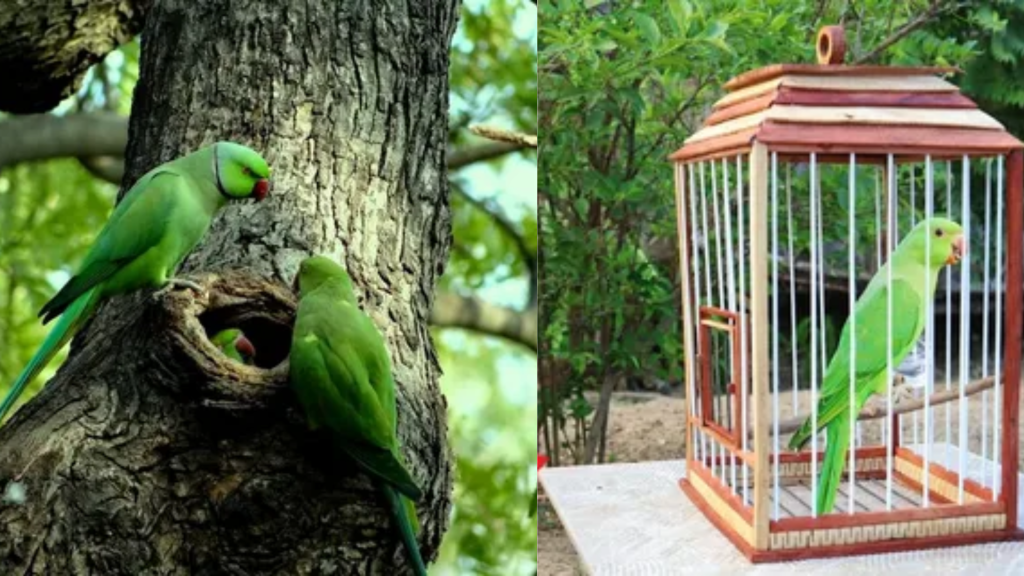
Parrots live in cages when kept as pets, or in tree hollows in the wild.
40. Hamster – Cage or Burrow
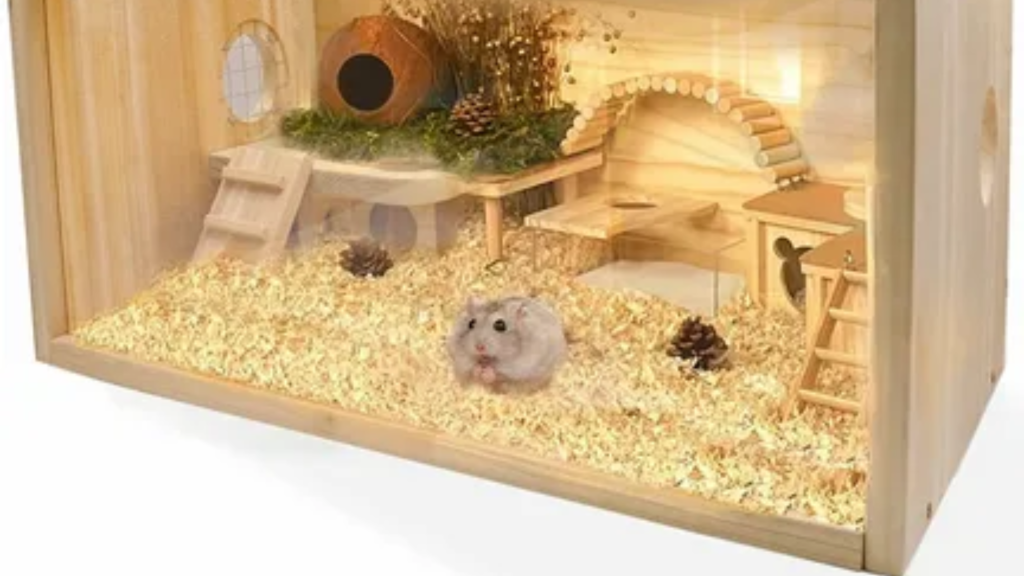
Hamsters live in cages with tunnels or burrow systems mimicking the wild.
41. Lizard – Rock Crevice or Tree Bark
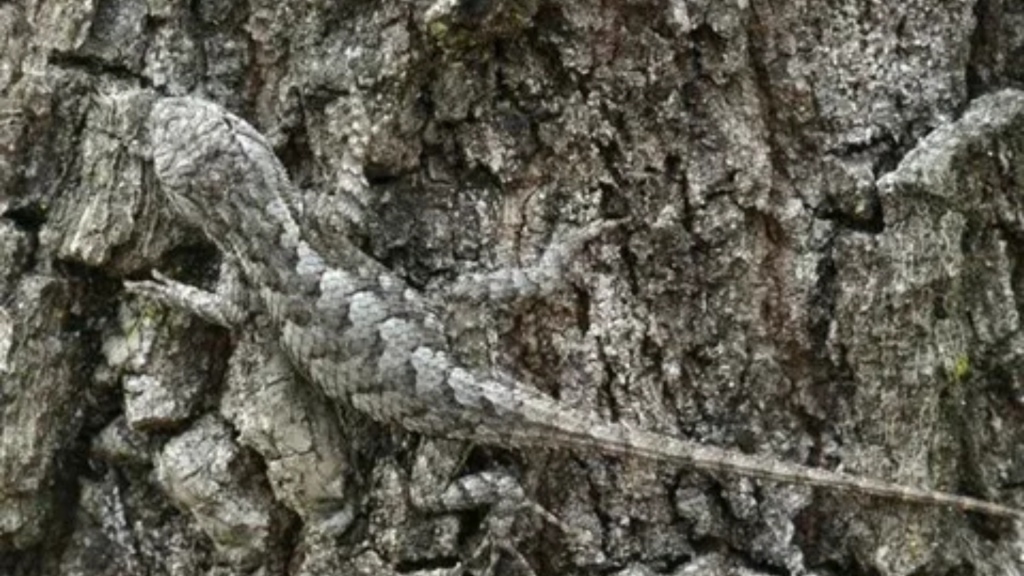
Lizards live in crevices or under bark, where it’s warm and safe.
42. Peacock – Tree Nest or Bush Shelter
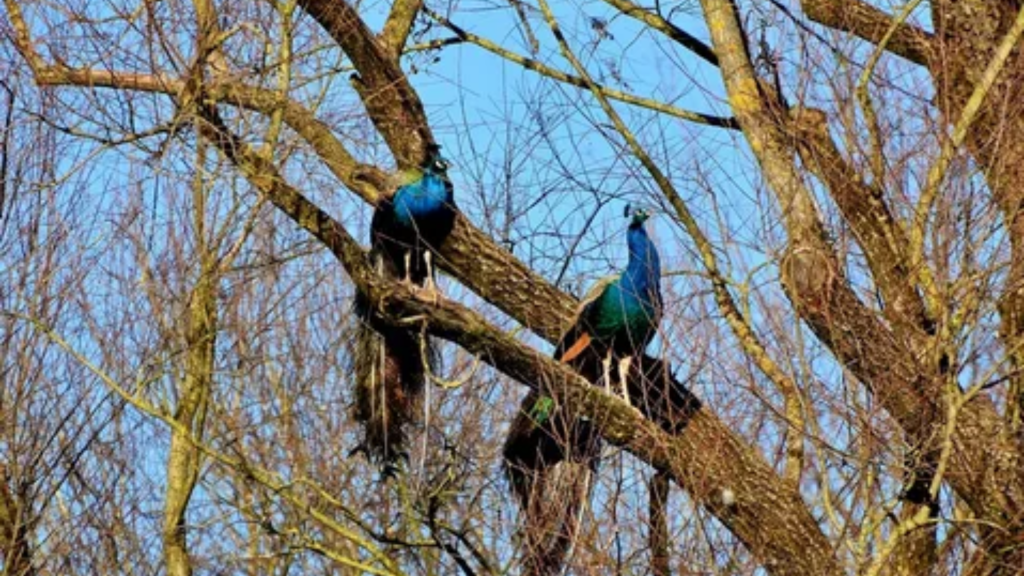
Peacocks rest in tree branches or bushy areas.
43. Mole – Tunnel or Burrow
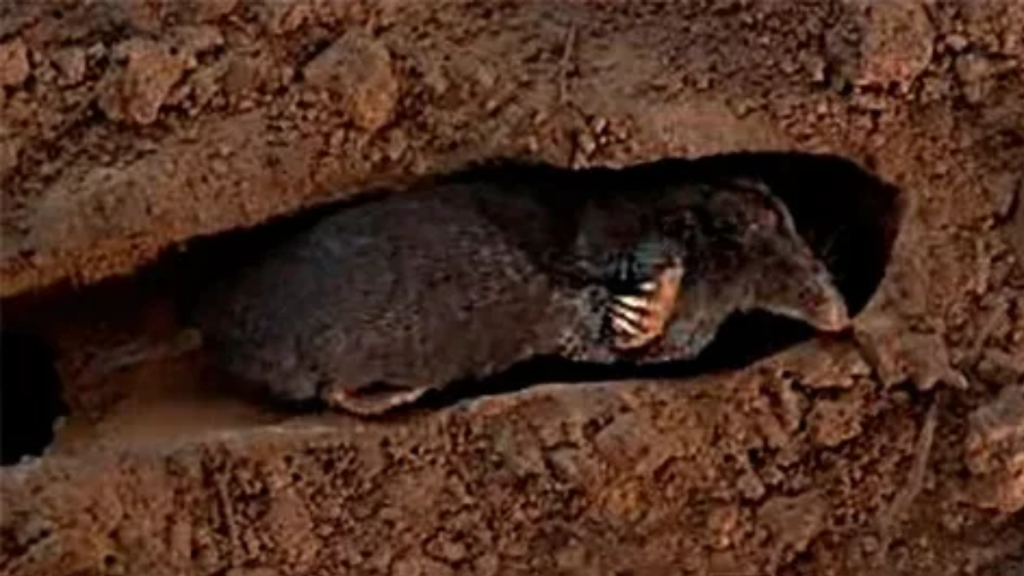
Moles create deep tunnel networks underground to live and find food.
44. Crab – Rock Crevice or Sandy Burrow
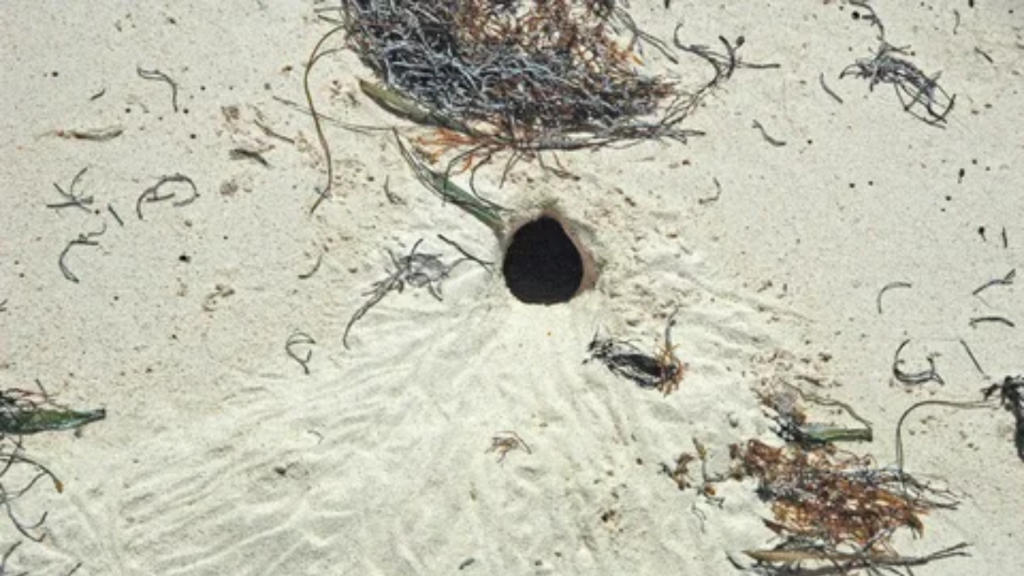
Crabs hide in crevices or dig small burrows near the seashore.
45. Octopus – Sea Den or Rock Hole

Octopuses live in rock holes under the sea called dens.
46. Whale – Ocean

Whales live in the open ocean and do not build or require a house.
47. Dolphin – Ocean Pods

Dolphins travel and rest in ocean groups called pods.
48. Fish – Water or Aquarium
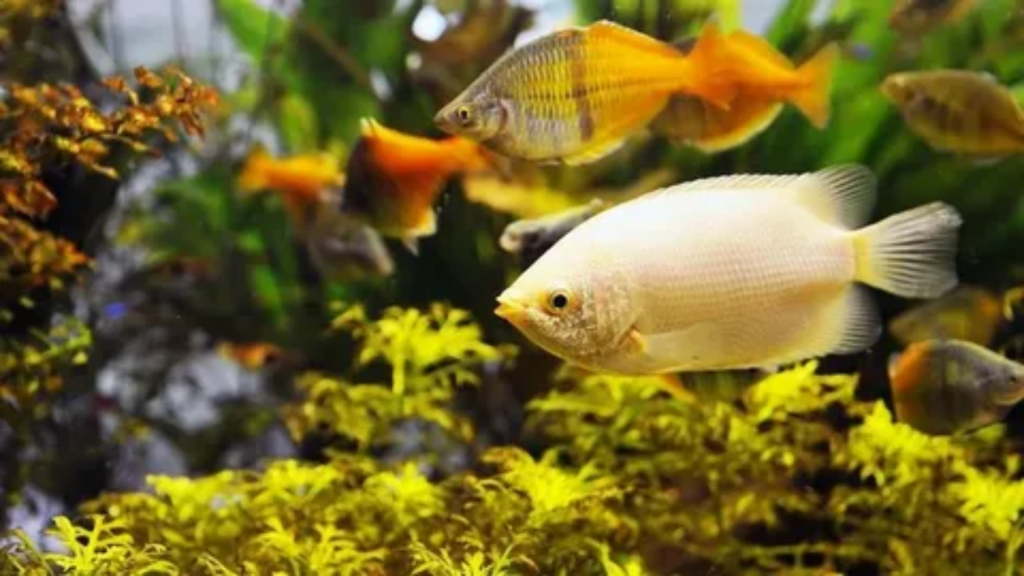
Fish live in water bodies like lakes, rivers, and oceans — or aquariums when kept.
49. Turtle – Shell and Nest
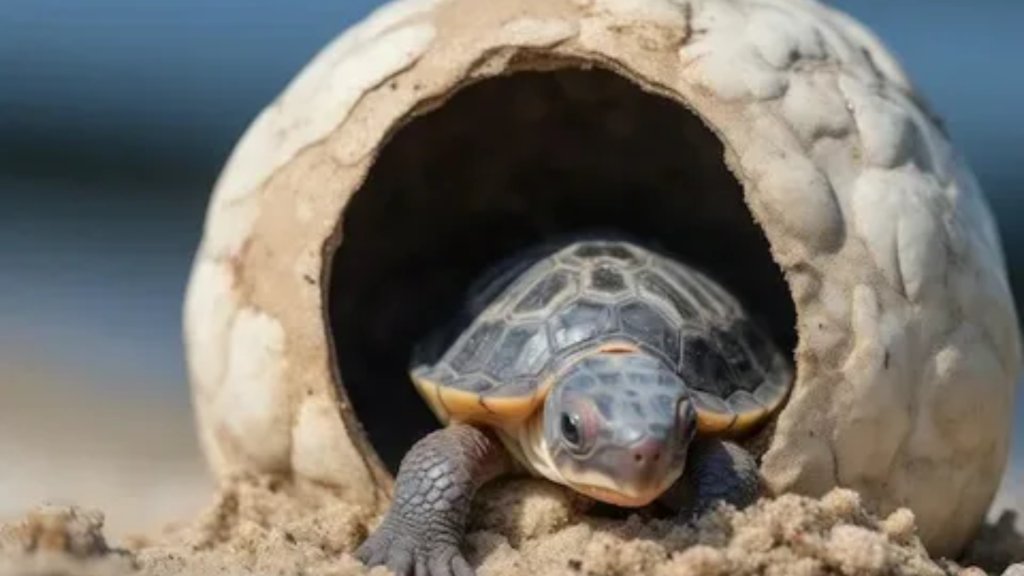
Turtles carry their homes (shells) and nest on sandy beaches to lay eggs.
50. Caterpillar – Leaf Shelter or Cocoon
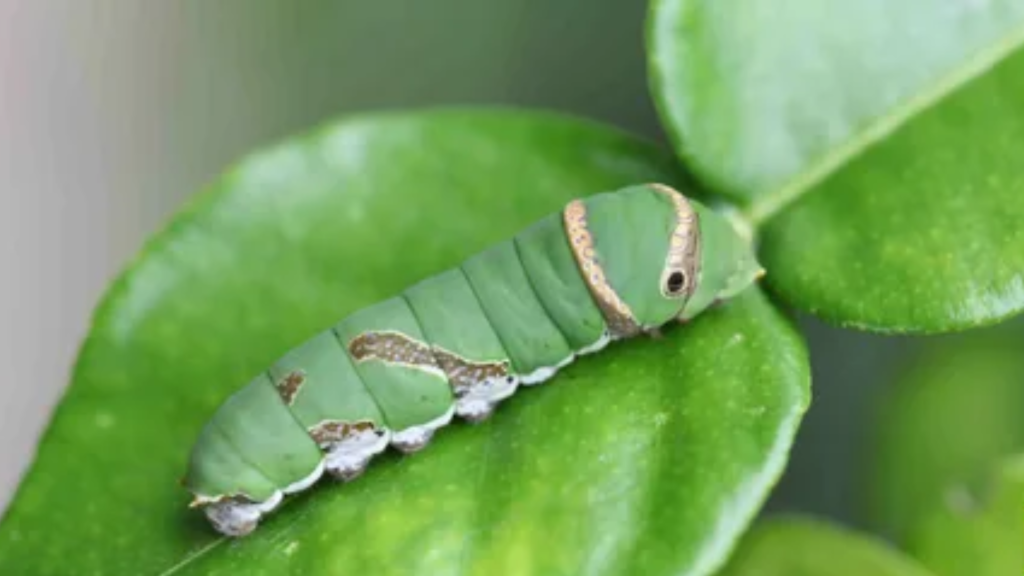
Caterpillars live on leaves and spin cocoons as they grow into butterflies.
Why Learn Animal House Names?
Knowing what we call the homes of animals helps build vocabulary and strengthens understanding of wildlife behavior and natural habitats. For example, a lion doesn’t live in the same type of place as a bird or a fish. Each has its own unique shelter suited to its lifestyle and environment.
Final Thoughts
Learning animal house names builds a strong foundation in both language and science. Whether you’re studying English vocabulary or exploring the natural world, this list helps connect animals to their living spaces in a clear, engaging way.
For added learning, pair this with pictures or classroom visuals to make the content more memorable and interactive.

